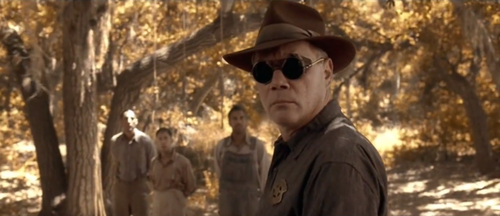It
would seem that the myths of creatures like sirens and mermaids were formed in
order to be cautionary tales. They were created in a time when there was much
unknown about the world and therefore much to fear. What these two mythical
creatures have in common is the idea that they lured men to death at sea which
supports the idea that these myths were formed from a fear of the unknown.
These myths gave an explanation for seemingly unexplainable disappearances of
sailors or even entire ships.
Mermaids
and sirens are cut from the same cloth, so to speak. They both fit the archetype
of the alluring creature that charms men or tricks men to their dooms. Where
they differ is more in their specific details such as appearance. Mermaids are
thought to be sea creatures that are half woman, and half fish. They are
responsible for using their guiles to lure men into dangerous waters where they
drown. Sirens on the other hand, are not sea creatures but are more bird-like. They
are reported as birds with the head of a woman, or as women with wings. Rather
than using their beauty to lure men to their doom, the sirens sing their song
and draw entire ships into the rocky shores where they are shipwrecked.
The
modern film series Pirates of the Caribbean deals largely with myth and legend
from the age of pirates. In the latest film, Pirates of the Caribbean: On
Stranger Tides, mermaids are presented as cruel and dangerous creatures. The
film closely followed the archetype of the mermaid; that is, a beautiful woman from
the waist up, and a large fish tail from the waist down. In the film, the
mermaids were also presented as very dangerous creatures that lured men to
their death with their beauty and their songs. The characters in the film were
very aware of the dangers that the mermaids presented but when faced with the
creatures themselves, succumbed to their charms all the same.
Outside
of film, authors have used the myth of mermaids as a means to create stories of
forbidden love. There is a sort of Romeo and Juliet archetype that is often
associated with mermaid and human romances. One such example is the wildly
popular story of The Little Mermaid. The original, written by Hans Christian Andersen
in 1836, tells of a young mermaid who falls in love with a human prince but
struggles to make the romance become a reality because they are from different
worlds; he is of the land, and she is of the sea. In this incarnation of the
mermaid myth, the focus is on the physical aspects of the mermaid rather than
the danger that is often associated with the creature.
